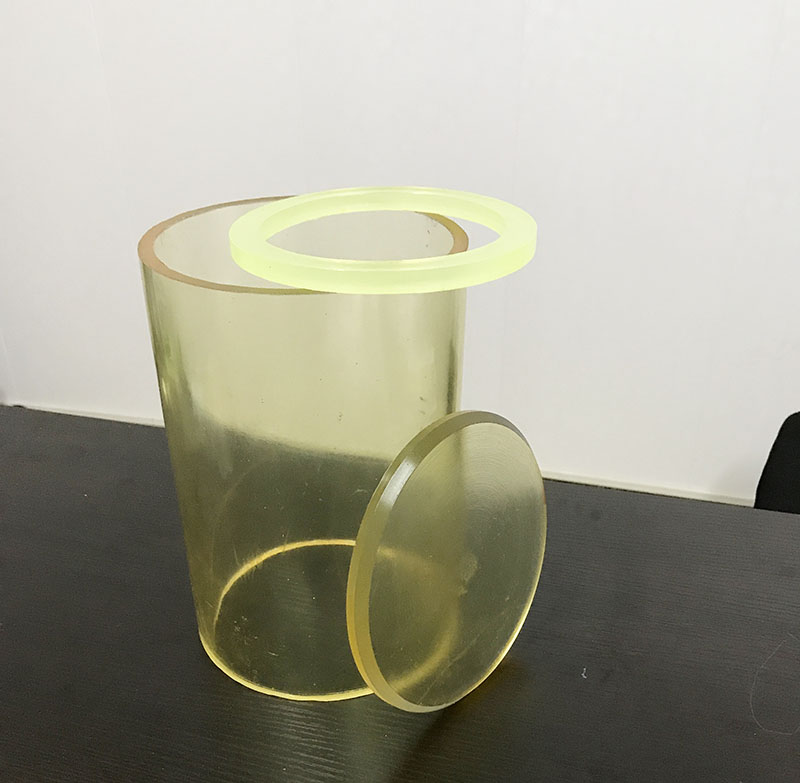What is cold isostatic pressing?
CIP, Cold Isostatic Pressing, is one of material processing methods. It makes use of the principle “A change in the pressure of an enclosed incompressible fluid is conveyed undiminished to every part of the fluid and to the surface of its container.” proposed by the French scientist Blaise Pascal.
What is hot isostatic pressing process?
HIP, Hot Isostatic Pressing, is one of material processing methods, which compresses materials by applying high temperature of several hundreds to 2000 °C and isostatic pressure of several tens to 200MPa at the same time. Argon is the most commonly used pressure medium. Hot pressing is very similar to HIP.
What is the difference between hot isostatic pressing and cold isostatic pressing?
Isostatic pressing is performed “cold” or “hot.” Cold isostatic pressing (CIP) is used to compact green parts at ambient temperatures, while hot isostatic pressing (HIP) is used to fully consolidate parts at elevated temperatures by solid-state diffusion.
What is isostatic presses used for?
To improve the mechanical properties and workability of additive manufacturing materials, many manufacturers use isostatic pressing. This is a component-forming process where pressure is applied uniformly (using gas or liquid) to a hermetically sealed container filled with compacted metal powder.


















